Color harmony, carefully planned values, and connected forms work together to make a strong statement in Ian Ramsay’s watercolor paintings. Follow along as he demonstrates his process in five simple steps.
WATERCOLOR PAINTING COMPOSITION
By Ian Ramsay
“My purpose in this landscape painting exercise was to demonstrate how I develop a painting and give it my personal flavor. In general, early winter or late fall scenes appeal to me because of their quietly compatible gray and brown tones. The forms, especially collections of farm buildings, appeal to my background as an architect. In this case, the buildings are tied together by the flow of the sky, tree, bushes, and the scruffy field. All are meant to become one with the buildings — appearing to grow out of the landscape, in a way. The carefully planned dark values are there to draw the viewer into the scene.
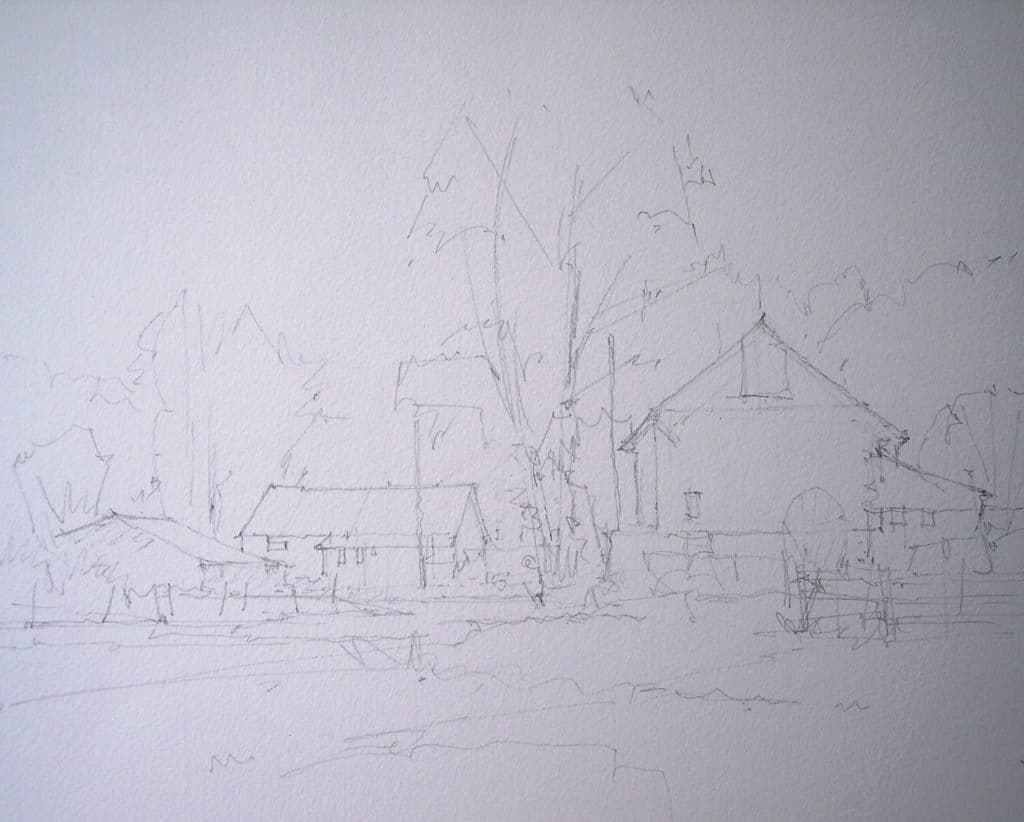
Layout Drawing: “This drawing of a farm in central Pennsylvania was done lightly with a “firm” lead. My aim was to capture the basic forms and details, and take note of placement, proportion, perspective, and overall composition.
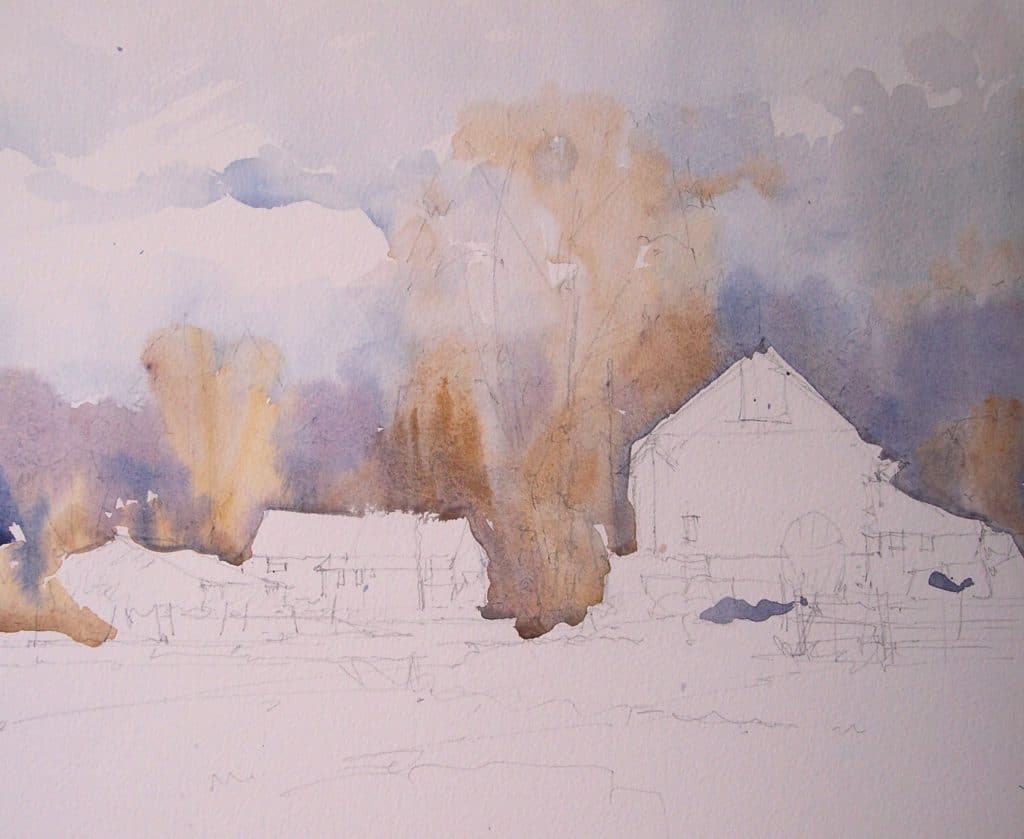
Step 1: “I rendered the sky was quickly in cool grays. The browns, yellows, and violets of the surrounding trees were painted while the sky was still wet in order to establish soft, blended edges.
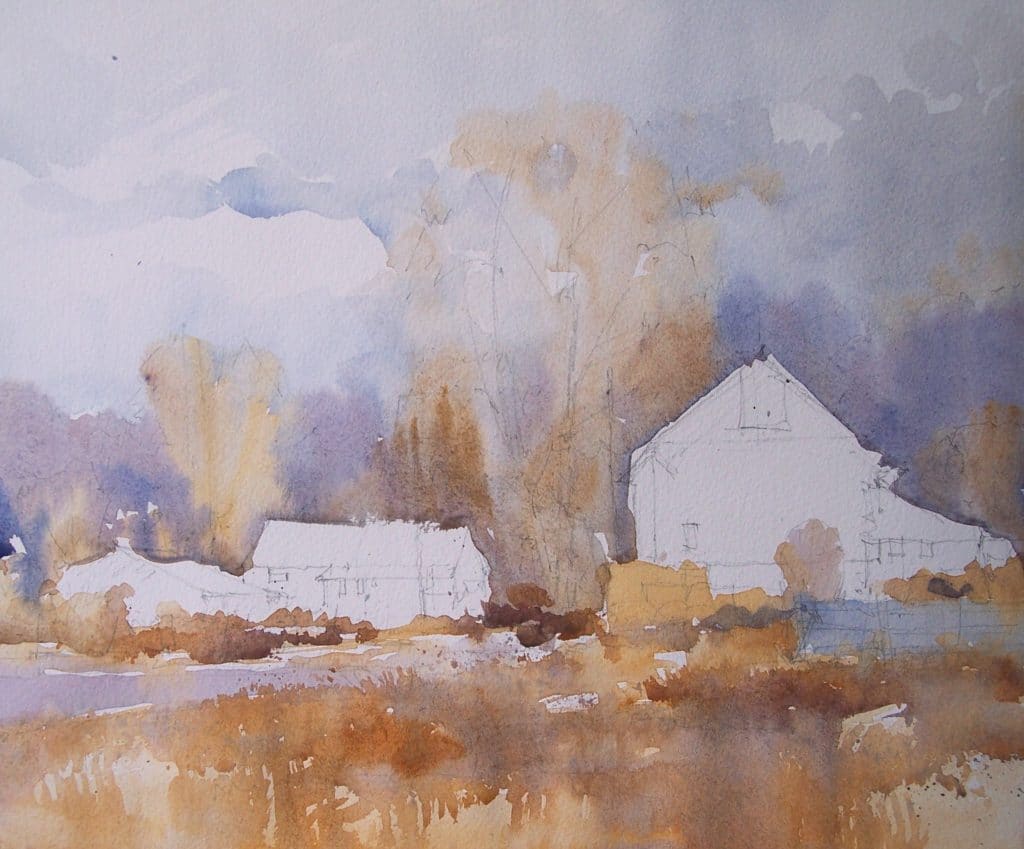
Step 2: “I painted browns similar to those in Step 1, yellow ochre, and violet with a touch of accented deep scarlet wet on dry. I cooled down some spots with ultramarine blue. At this point, nothing is defined, but I have painted around the buildings so that I can treat them separately when I am ready.
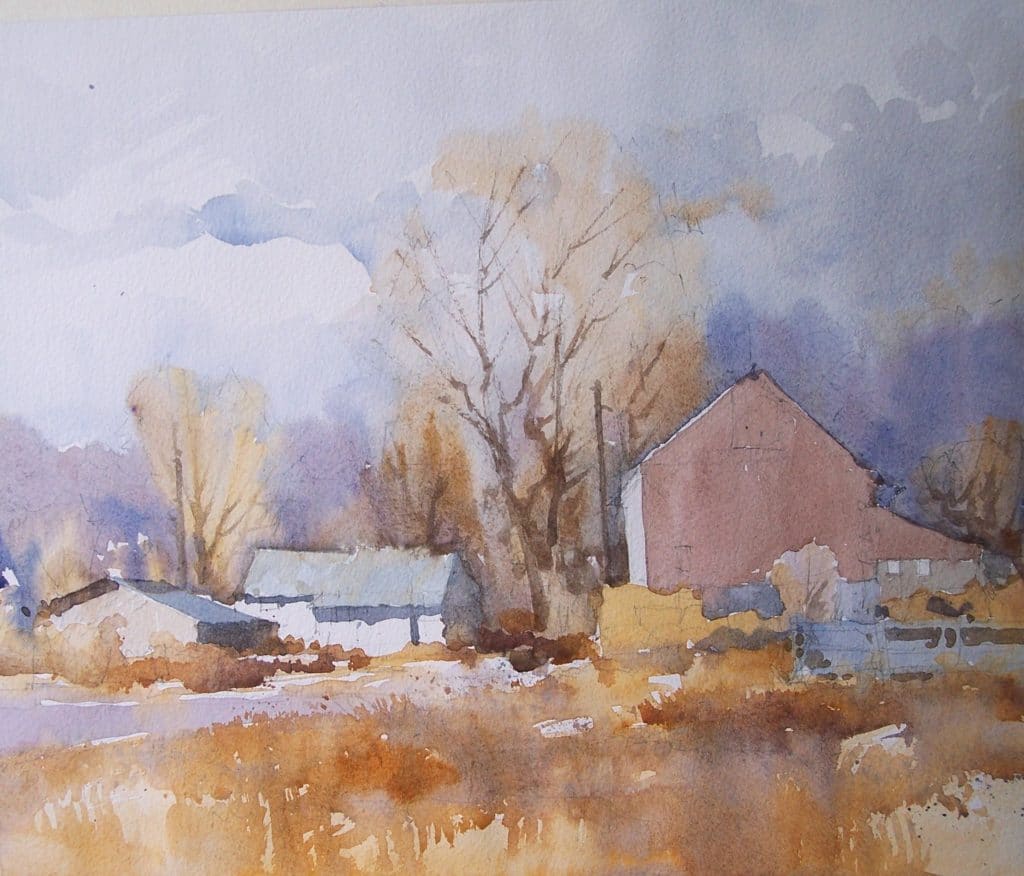
Step 3: “I layered color over the trees to start establishing concrete forms. Color was also added to the buildings to move the overall approach along. Now I can see where I am going. I make a point of keeping the colors compatible and somewhat muted in this early winter scene.
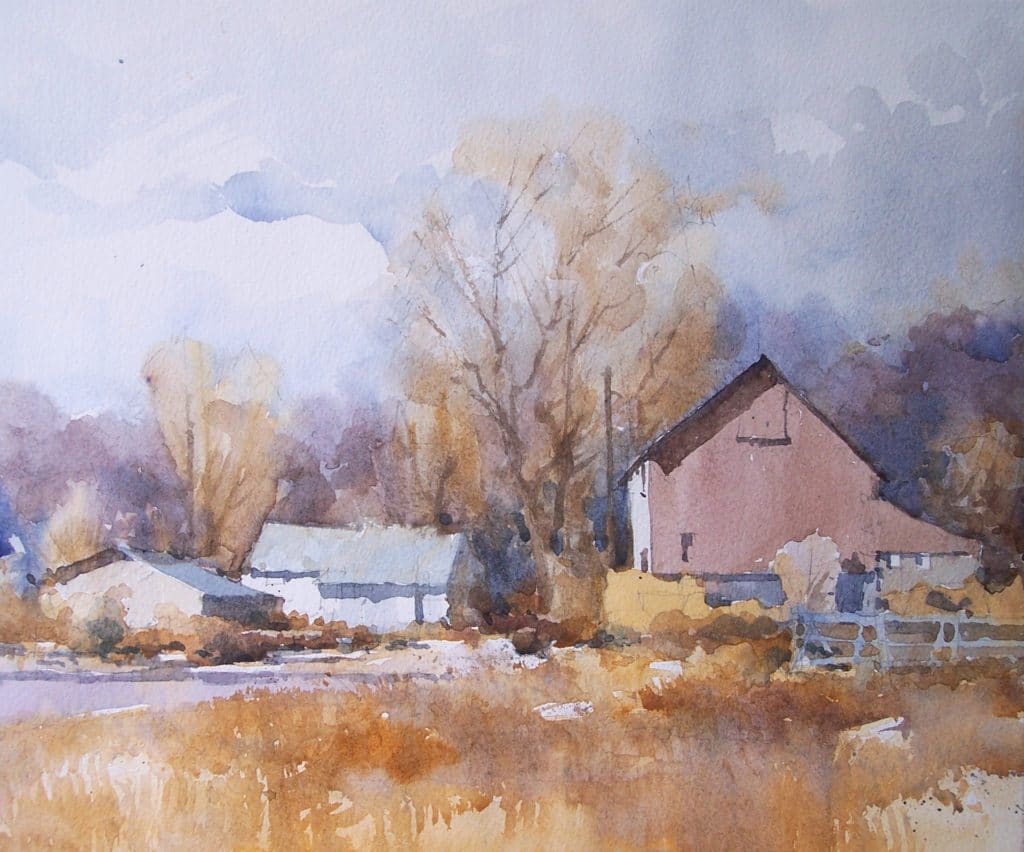
Step 4: “I gave the painting depth with shadows on the buildings and added more layers of color.
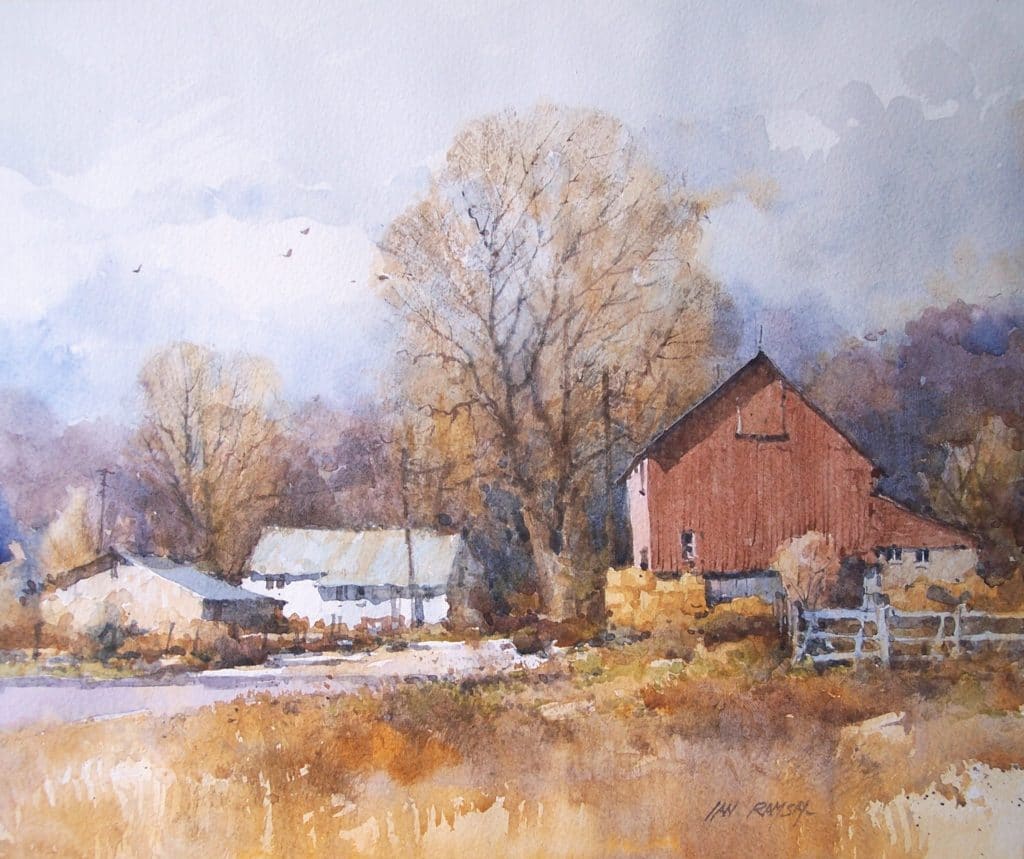
Final step: “This is the stage where the painting becomes a realistic representation. I add a little more intense color where necessary, as well as line, detail, and texture. This is all done with a drybrush technique. I lightly drag the brush over the surface of the paper, leaving textured tracks. Quickly rendering detail with a fine brush is always great fun for the completion of my work, thus making it recognizably my work.”
Ian Ramsay was born in Farnborough, Kent, England. He spent his early years in Britain and Canada, and eventually settled in the United States. In 1979, Ian left a career in architecture to become a full-time watercolor artist. Since that time he has traveled and painted extensively. His work has been exhibited all over the US, Japan, and Britain.
For more inspiring stories like this one, sign up for our free weekly e-newsletter.


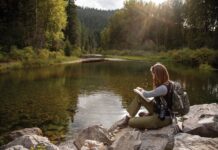
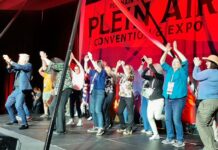




I love the textures in his work and the treatment of the shadows on the buildings. He has a great balance of looseness along with tighter painting techniques. It is great to view another artist steps in the process of painting.
A little too tight, but beautiful nonetheless. Love the color pallette. He knows what he is doing.
It is fantastic, but I would love to see an explanation and demonstration like this starting by a photograph of the place, showing what makes you choose this element and don’t that, what to put into the scene and what do not, how to create a good composition. But I really loved this demo.